- Home
- Machining techniques
- CNC Machining Services
- Cooperative supply services
- Designs
- Materials
- Finishing Services
- Shop
- Products
- Guide
- About Us
- Contact Us
2020.12.17
In addition to alloying elements, the temper also affects the properties of metals. Is aluminum 6061 T6 the same as 6061 T6511? What is the difference between T6 and T651? In this article, we’ll discuss the aluminum temper designation system and explain different tempers of aluminum alloy. Understand more about aluminum variations to help you select a material for CNC aluminum machining easily.
The wrought aluminum alloys are usually designated by a four-digit number, the first digit generally identifies the major alloying element, so the aluminum alloy family including 1xxx, 3xxx, and 5xxx series that are non-heat-treatable, 2xxx, 6xxx and 7xxx series are heat treatable, as well as the 4xxx series contain both alloys that can be heat-treated or can’t.
The temper designation refers to the hyphenated suffix to the basic alloy number, such as the -T651 in 6061-T651. The first character in the temper designation, such as the T, indicates the type of treatment, the digit followed with the capital letter also reflects the operation type and order. The temper of an alloy can affect the appearance and mechanical properties of a product.
There are five basic temper designations used for aluminum alloys, meaning different treatment or process
– F (as fabricated): used for wrought or cast products made by some shaping process such as rolling, extrusion, forging, drawing, or casting where there is no special control over the thermal conditions during working or the strain-hardening processes to achieve specific properties. Most F temper products are “semifinished” products.
– O (annealed): used for wrought or cast products made by some shaping process such as rolling, extrusion, forging, drawing, or casting, and which product at some point in the process has been annealed, used to achieve the lowest-strength condition, maximize subsequent workability or increase toughness and ductility.
– H (strain-hardened): used for non-heat-treatable wrought alloys that have had their strength increased by strain hardening.
– W (solution heat-treated): limited in its use and applies only to alloys that age naturally and spontaneously after solution heat treating.
– T (thermally treated): thermally treated to produce stable tempers other than F, O, or H, products that are thermally treated will be designated with a -T temper, whether it is supplementary with or without strain-hardening, the digit after the T means specific thermal treatment.
Subdivisions of T Temper:
T1 is cooled from an elevated temperature shaping process and naturally aged to a substantially stable condition.
T2 is annealed for cast products.
T3 is solution heat treated, and then cold worked.
T4 is solution heat treated and naturally aged to a substantially stable condition.
T5 is cooled from an elevated temperature shaping process and then artificially aged.
T6 is solution heat treated and then artificially aged. Most alloys in the -W and -T4 conditions artificially aged to -T6. The most common T temper of aluminum is 6061-T6, it has been treated to provide the maximum precipitation hardening and therefore maximum yield strength.
T7 is solution heat-treated and then stabilized.
T8 is solution heat treated, cold worked, and then artificially aged.
T9 is solution heat-treated, artificially aged, and then cold worked.
T10 is cooled from an elevated temperature shaping process, artificially aged, and then cold worked.
T6 and T651 are two -T tempers of aluminum alloy, common examples are aluminum 6061-T6 and 7075-T6.
T6: solution treatment + artificial aging, if there is no precision requirement for dimensional stability and elastic allowance, aluminum alloy T6 can be selected.
T651: solution treatment + stress-relieve by stretching + artificially aging, for the precise workpiece, T651 should be selected in order to avoid elastic recovery after processing, and dimension stability can’t be maintained.
The difference between T6 and T651 of the 6061 aluminum plate is that the internal stress of T6 will be relatively large, it is easy to deform in processing. -T6511 is a subset of the -T6 temper with eliminated internal stress, so it’s more suitable for processing. The difference in the -T6 and the -T651 or -T6510 or -T6511 tempers only shows when machining them: the stress-relieved tempers might be more stable. After the CNC machining part is machined by lathe, milling machine, etc., due to the influence of multiple forces during processing, and the workpiece has a certain elasticity, it does not change under the action of external force, but after processing, the external force is removed, only internal stress exists, which will drive the elastic recovery of the workpiece, so the size will inevitably change. In the production process of aluminum plate, due to heating and extrusion, the density between crystals is uneven, the energy can not be completely released, which is accumulated in the aluminum plate. This energy is called internal stress. T651 suitable for a thick plate, rolled or cold-finished bar and die forging, forging ring or rolling ring after solution heat treatment or cooling from high temperature forming process, these products are no longer straightened after stretching.
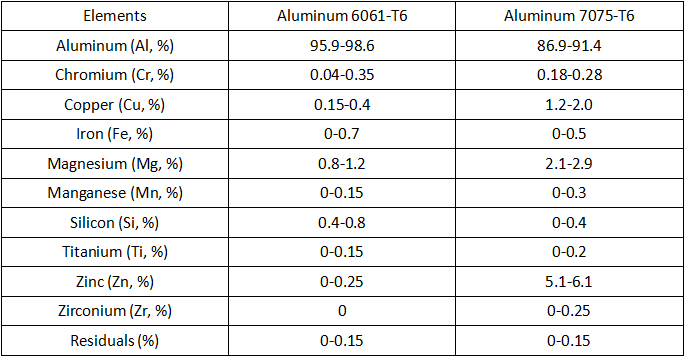 Aluminum 6061-T6 vs 7075-T6 – Difference Between 6061-T6 and 7075-T6 | CNCLATHING
Aluminum 6061-T6 vs 7075-T6 – Difference Between 6061-T6 and 7075-T6 | CNCLATHING
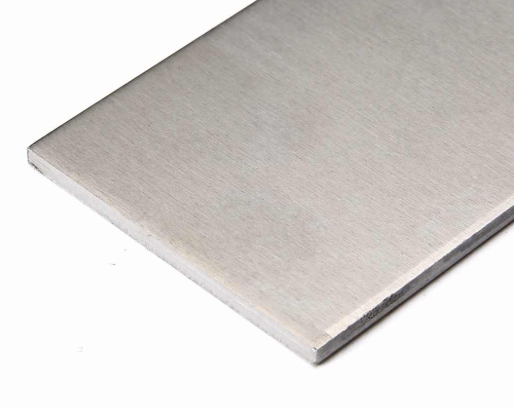 Machining 6061 Aluminum: 6061 Aluminum Properties, Price & Aluminum 6061 vs 6063, 7075
Machining 6061 Aluminum: 6061 Aluminum Properties, Price & Aluminum 6061 vs 6063, 7075
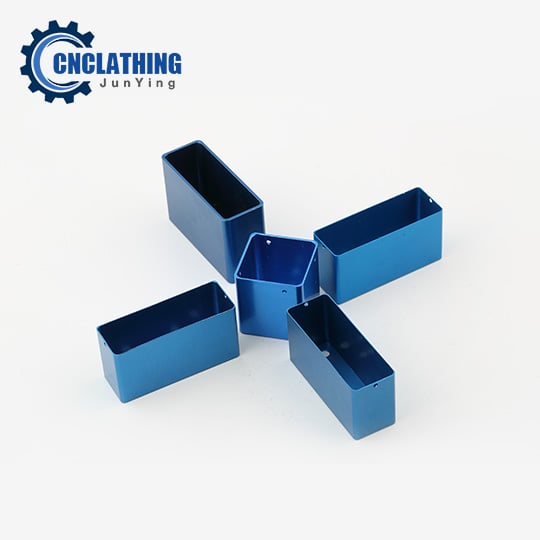 What is 2024 Aluminum & Aluminum 2024 Properties | Difference Between Al 6061 and 2024
What is 2024 Aluminum & Aluminum 2024 Properties | Difference Between Al 6061 and 2024
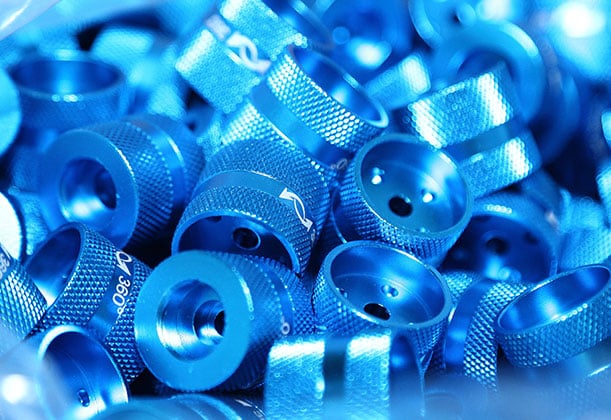 What Is Anodizing – Aluminum Anodizing Process, Application And Manufacturing
What Is Anodizing – Aluminum Anodizing Process, Application And Manufacturing
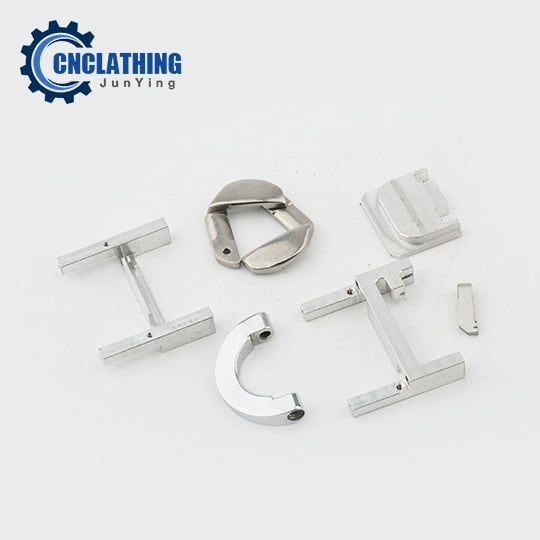 What is Yield Strength of Aluminum – Aluminum Alloy Yield Strength Chart | CNCLATHING
What is Yield Strength of Aluminum – Aluminum Alloy Yield Strength Chart | CNCLATHING
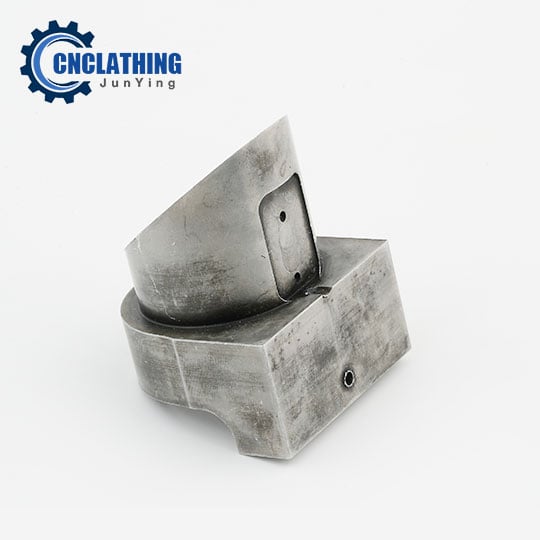 Machining Metal Materials Guide: Steel for CNC Machining, Types, Properties & Applications | CNCLATHING
Machining Metal Materials Guide: Steel for CNC Machining, Types, Properties & Applications | CNCLATHING
